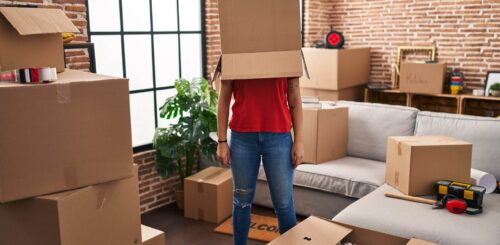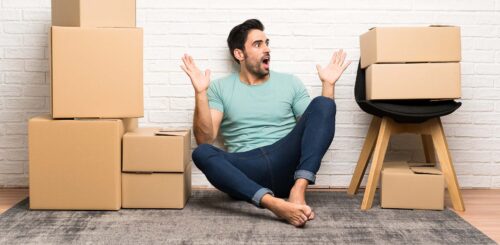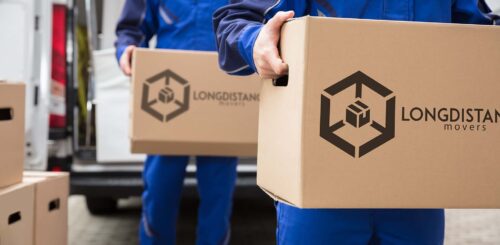Among all the things that you have to do when relocating, packing may be the most problematic one. The best way to pack for moving is to plan all the steps, declutter, and optimize the space in the moving truck.
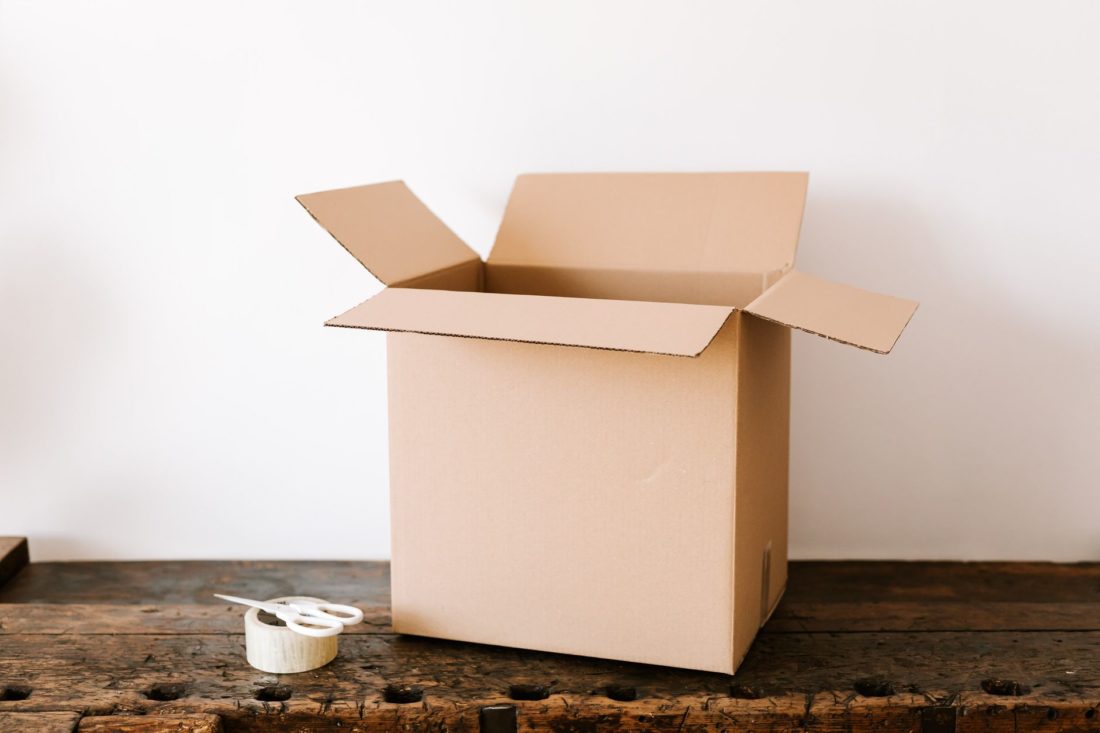

A fresh home means a fresh start, but that includes a lot of things that you are bringing with you from your old place. The trick is that you may be tempted to bring a lot of stuff that you don’t need anymore, and that’s not how to pack for a move.
Packing for a new place is an excellent opportunity to downsize and make room for new items in your life. Packing economically is a whole new subject. You will have to decide on what kind of packaging materials to buy, what you can use from the stuff you already have and save some money, whether you enlist professional long-distance moving services or do it on your own, etc.
One step at a time, we are going to help you with these handy packing ideas for moving.
The Best Way to Pack for Moving – Make an Agenda
Making a list for moving and packing goes a long way. If you organize well, you’ll be able to keep up with the relocation and packing schedule. If you try to “wing it,” things might get hectic. Have an open agenda with all the steps and add whatever you think of in the meantime and scratch off the things that you have already completed.
Get Rid of the Things You Don’t Need
This should be among the first packing tips for moving you listen to. That way, you will have a better picture of how much and what kind of packaging material you need, and how big the transportation vehicle has to be.
We’re not saying you should purge your home of all the stuff you’re not using, since some of them may have a sentimental or monetary value. But try to downsize as much as possible. You will save a lot of money on packaging materials and transport if you bring only the things you need.
A suitable way to get rid of the excess is to donate your things, sell them at a garage sale or online, gift them to family or friends, or dispose of them properly. Many organizations such as the Salvation Army and Goodwill accept second-hand furniture, clothing, and appliances if they are in good condition.
Pack in Sections
Now that you have all the things that will need transportation to your new home, it is time to organize. The best way to do that is to separate furniture and bulky electronics from small things, appliances, and clothes. You can also divide your home into sections for the smaller stuff.


Transporting Furniture
There are specialized packaging solutions for your furniture. If you decide to employ professional packing services, they will have all the necessary materials. If not, pay special attention to padding your items. Your electronics need to be secured properly to prevent possible damage that sometimes can’t be repaired. The furniture needs to be secured from scratching as well as from breakage.
Packing Clothes and Smaller Items
When bagging your clothes, there are a few ways to save money and space. You can use some of your old or durable pieces as padding so you should set them aside. Additionally, check out these tips for packing for a move.
Vacuum bags are great space savers, and you can fit a lot of clothes, linen, blankets, and other fabrics in them. If it is possible, divide your clothing according to seasons, and you can later unpack just the clothing you need.
You can leave the rest in the bags to save space in your new home. Another great bagging solution for your clothing, especially delicate ones, is garbage bags. Put your clothes on hangers and put the garbage bag over it and tie the ends. This is a great alternative to expensive clothing bags.
Packing Appliances
Before you start preparing your furniture for relocation, you have to “free it” from all the small stuff and appliances in or on it. This is done best if you pack according to rooms. Place kitchen appliances, cookware, and everything else in one section. Carefully pad everything that can be broken or damaged and put it in boxes without over-crowding them. Don’t forget to fill the empty space inside with packaging beans, since a lot of stuff can get damaged from bumping into each other during transport.


How to Pack Glassware and Other Sensitive Items for Cross-Country Moving
All of your glassware, ceramic and fine china should be either wrapped or padded individually. The key here is to secure all the belongings one by one and in the box altogether. Your glasses, plates, and mugs can break if you overcrowd your box.
Stacking Boxes into the Long-Distance Moving Vehicle
When loading the transport vehicle, space optimization and box order are crucial. You should compartmentalize if possible and isolate your furniture and bigger appliances in the back and secure them with straps. If, at any point, the vehicle bumps or goes over some road obstacles the heavier items might fall over and break or damage the things below. When you are stacking the boxes vertically, keep the heavier ones at the bottom for balance.


Labeling Tips
You should label all the boxes that are being moved and point out the ones with fragile things. You can organize labeling in a few steps. Make a checklist with the numeration and the box contents. You should specify where each box should be put once it reaches your destination.
How to Optimize the Space Within the Truck
A lot of the things you are carrying to your new place can be used as storage for smaller items. You can fill your shoes with socks or other clothing pieces to prevent them from getting damaged and save some space too. All the decorative chests, vases, pots, and pans can be filled with different stuff and double up as storage space.
Safety-Related Tips
If there is any possibility for something to break, it should be separated. That way, you can approach the unpacking process safely, since you might get cut or hurt if you don’t notice that something is broken at first glance. Securing heavy objects by tying them up will prevent them from breaking anything else or falling over on you when you unload the van.
Long-Distance Moving Supplies
You will need a lot of supplies to pack everything, and that won’t come cheap. Some of them are:
- boxes
- padding material
- bubble wrap
- shrink wrap
- padding beans
- sticky tape
- labels
- plastic bags
- plastic containers
While they all have a purpose and are designed for that use, you can replace a lot of them with cheaper or even free materials.
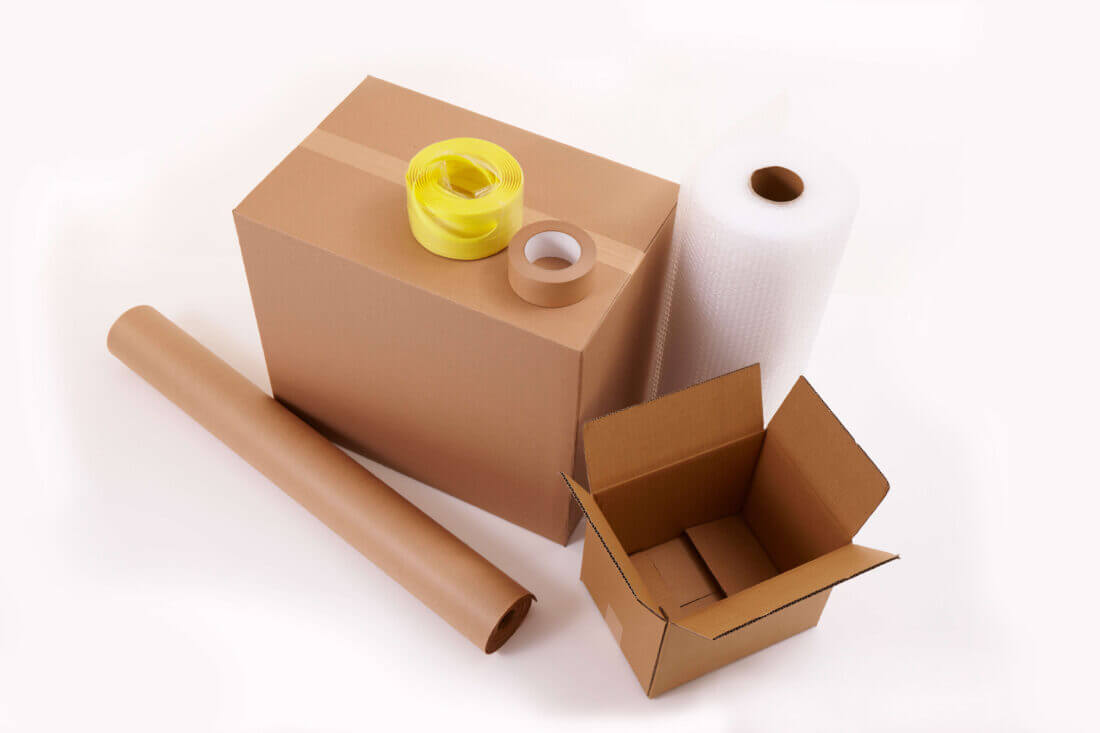

Tips for Getting Cheap Packing Materials
You can save a lot of money if you buy used boxes or reuse some of those that you already have on hand. Your old newspapers and magazines can serve as padding materials for glassware or cookware. Your clothing is another excellent free padding solution. You can make your box labels using regular paper and sticky tape, or you can write directly on them.
Pack a Separate Bag with Essentials for the Road
Since it is a long road ahead of you, you should prepare a travel bag with essentials. You should consider the trip and the first day when you arrive at your new property because you won’t be able to get a lot of things out of the packaging for the first couple of hours at least. If you properly label, it will be much easier to find what you need, but it can be a long time before you are left alone in your home with your boxes.
Your Travel Bag Should Contain These Items
Make sure you pack some of this stuff into your essentials bag:
- Spare and warm clothes,
- Extra socks, underwear, and shoes,
- Basic hygiene products like toothbrushes, toothpaste, soap, hand sanitizer, wet wipes, travel-size shampoo, shower gel, hairbrushes, and alike,
- Necessary medicine for fever, nausea, antiseptic, and your prescribed therapy for two days at least,
- Water bottle, coffee thermos, food that is easy to carry, some sweets and snacks, juice box,
- Your laptop and chargers.
You shouldn’t follow this guide blindly, but it is a great starting point. Long-distance moving is different from case to case, and you should be organized from the start so that you have the time to cope with unexpected situations if and when they arise.
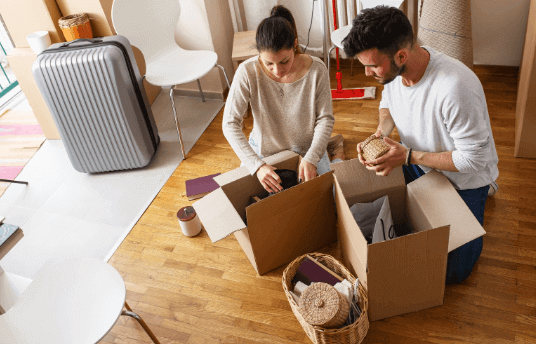

Call Cross-Country Moving Services to Help You Pack
Long Distance USA Movers is the ideal company to help you get the best and most professional moving services. We’re here to help you with anything that makes relocation effortless, from packing to providing storage services free for a month. We also like to ensure our customers feel safe to move with us, so we provide basic relocation insurance and options that fit any budget, including auto transport.
With Long Distance USA Movers, there’s no such thing as a complicated move. Call us today and get the best relocation services out there.
Frequently Asked Questions About the Best Way to Pack For Moving
What Are the Most Effective Packing Techniques for a Move?
The most effective packing techniques for a move involve taking inventory of items, purging unnecessary items, organizing and labeling boxes, and wrapping fragile items securely with bubble wrap or packing paper. It’s important to have the right moving supplies such as boxes of different sizes, tape guns, scissors, markers, and labels. Create an inventory list throughout the process so that when you arrive at your new home you know where each box should go.
How Can I Maximize Space in My Boxes When Packing?
Maximizing space in boxes can be done by using smaller boxes, stacking items tightly, and making use of non-traditional storage methods such as wrapping items in tissue paper or bubble wrap.
It’s always advisable to pack heavier items at the bottom and lighter ones on top for more efficient loading. Vacuum bags are also a good way to store clothes and other small bulky items.
Packing cubes can help keep similar types of items together and make them easier to unpack. Avoid over-filling boxes as they become difficult to move or stack if filled too full.
What Are Some Tips for Packing Fragile Items?
When packing fragile items, it is important to use the right materials such as bubble wrap, foam sheets, and protective packaging peanuts. Make sure there is enough padding to protect the item from shifting during transport. It’s also a good idea to label fragile packages clearly so handlers are aware of the contents. Store bulky items on the bottom and lighter ones on top when packing multiple items in a box.
How Can I Pack Clothes and Linens for a Move?
To pack clothes and linens for a move, start by gathering clean items into boxes. For clothing, hang garments on hangers in garment bags and secure the hanger hooks with tape. Place sheets, towels, and blankets in unprinted paper to keep them clean, then place them in separate boxes. To avoid wrinkles during transit, fill any empty spaces between sealed boxes with newspaper or bubble wrap. Label each box clearly so you know what’s inside upon arrival.
What Are Some Strategies for Packing Efficiently?
Some strategies for packing efficiently include planning ahead, writing a list of items to pack, rolling clothes instead of folding them, using lightweight and multifunctional items, and packing an extra bag in case you need to store more items. Pack only the essentials, double-check what you have packed before leaving home, and keep important documents on hand.
How Should I Label My Boxes for a Move?
When labeling boxes for a move, use large labels and clearly write the contents of each box as well as the room they are heading to. Your labels should be bright and visible, and make sure to mark any fragile items with a designated symbol or “FRAGILE” on each side of the box. Place heavier items in smaller boxes to easily transport them from room to room.
What Are Some Ways to Protect My Furniture When Packing for a Move?
Some ways to protect your furniture when packing for a move include wrapping pieces in bubble wrap or moving blankets, using furniture pads to cover surfaces and cushion corners, using shrink wrap for extra protection and cushioning, placing items in sturdy cardboard boxes with plenty of padding material inside, and utilizing straps or duct tape to secure the furniture while transporting it.
How Can I Pack Large Items Such as Appliances and Electronics?
When packing large items such as appliances and electronics, it’s important that the pieces are secured properly with padding materials to avoid damage during transport. Additionally, securing the items in their original packaging will help protect them from external elements and shock. Straps should also be used to secure the item in place when moving. It’s also best practice to carry a detailed inventory of each item for easy tracking throughout the relocation process.
How Can I Prepare My Dishes and Glassware for a Move?
To prepare dishes and glassware, make sure to clean them thoroughly with soap and water. Pack the items in sturdy boxes lined with bubble wrap or packing paper, and fill any extra space in the box with more packing material. Use smaller boxes for heavier items such as glassware or plates to avoid overloading the box. Securely tape up each box before stacking them together. Lastly, label each box according to its contents so that you’ll know where it goes when unpacking at your new home.
What Should I Do to Prepare for a Smooth Packing Process on Moving Day?
To prepare for a smooth packing process on moving day, it’s important to make sure that you have all the necessary supplies and materials, such as sturdy boxes, packing tape, labels, and bubble wrap. You should also create an inventory of everything you own so that nothing is forgotten or left behind during the move. Consider purchasing insurance in case any items are damaged during transit. Following these steps will help ensure your packing process goes smoothly on relocation day.
